What is the difference between double baking and single baking? Characteristics of double baking method
"double roasting", also known as "secondary baking", is introduced in some coffee books in Japan or Taiwan. The most important feature of double roasting is that the coffee cooked beans will be more uniform in terms of color uniformity and development, and make the coffee taste relatively calm and balanced, without too strong aroma and too prominent sour taste. for those who are afraid of sour and like gentle taste, double baking is a good way of baking, and the coffee liquid extracted from non-double baked beans is more lively and full of vitality. At the same time, the changes of bitterness and sweetness are rich.

Therefore, double baking can serve the following purposes:
1. Remove a certain amount of sour
2. Balance the taste
3. unify the color of beans to avoid uneven baking
4. in the case of the same development time (temperature), the expansion rate (expansion rate) of coffee beans is higher, that is, the finished product will sell better.
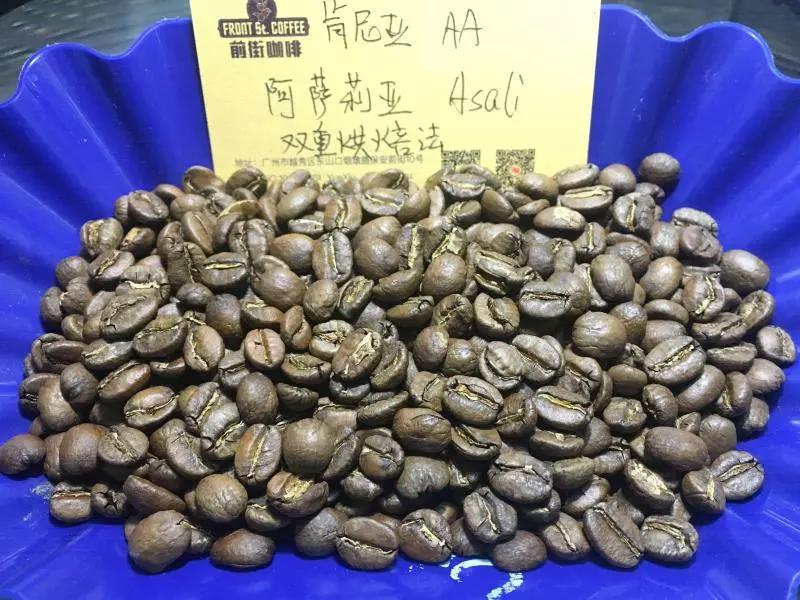
Double roasting principle and applicable Coffee
Water evaporates during baking, and the "homogenization" stage, also known as "steaming", before the yellowing point, can make the internal water of the coffee bean move to the outside, and the coffee bean will become softer (density decreases) due to the loss of water. It will be easier to stretch out in the second baking. After the first roasting, the coffee is completely cooled (about a day), and then roasted (or roasted quickly) in a conventional way, which is as easy to bake as beans that make the coffee moisture uniform through a specific storage environment.
Here comes a noun: water activity-the moisture content of the raw bean itself. Coffee beans will gradually lose water during storage, which is the water content of coffee beans themselves, but the moisture content of coffee beans that have been improperly stored for a long time has not decreased during determination, which is damp. When the original moisture of coffee beans is replaced by external moisture, the water activity of coffee beans will be reduced. if the coffee beans are roasted in medium and shallow form, they will appear ugly wrinkles and cannot be fully stretched, but if they are roasted deeply, they will lose their regional flavor, and coffee will become a heavy taste. it is also a good way to use double baking to remove moisture that does not belong to coffee beans.
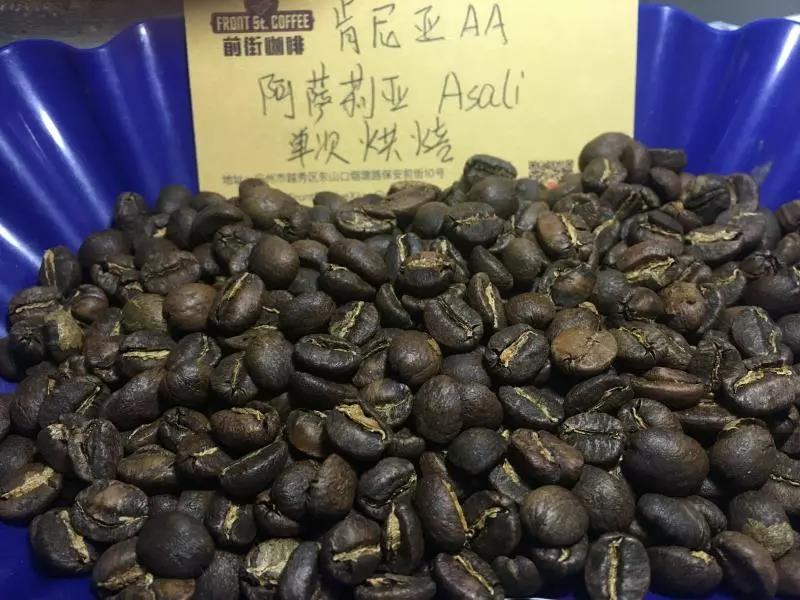
We verify through practice that the beans are big, the beans are thick, the hard beans are washed, and the new beans are produced. These kinds of coffee are more suitable for double roasting when roasting. Because if the above types of coffee beans are roasted with light to medium roasting, it is easy to be dehydrated and incomplete, and the heat is not easy to reach the bean core, that is, the so-called "entrapment", such as fried melon seeds and raw tomatoes. Therefore, the use of double baking method can effectively solve the problem.
The first baking stop point & the actual operation
The stop point of the first baking is not too difficult to judge, the first step is to set the desired baking degree. Because coffee is roasted, water is used as a heat conduction medium, and it also participates in a series of chemical reactions, so it is a better way to determine the stop point of the first roasting by the final baking degree.
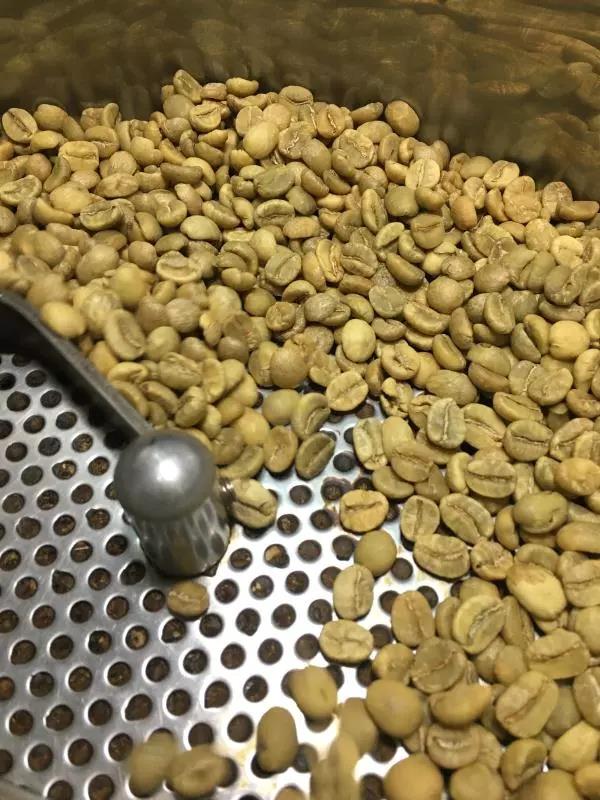
Roasting coffee beans from green to yellow will go through a process of whitening, which can be called "white spot". This is the stage when dehydration is about to be completed, and the bean begins to soften, about 140℃.
Take we bake Kenya AA [Azaria] as an example, this is a water-washed hard bean, what we want is shallow baking, and after an explosion, we develop about 12 ℃. In order not to wear away too much of Kenya's sour taste and flavor, just removing moisture is our goal, so the stop time is when the coffee bean changes from green to white (it takes 5 minutes), when the external water of the coffee bean evaporates, and then it is placed to cool completely. The moisture inside the coffee will slowly run out. Then use standard baking for the second baking, yellow dot heat (145℃) to speed up the Mena reaction and detonation (which can increase the Kenyan acid), a dense heat to flatten the temperature rise, turn off the heat before the beans to glide to develop sweetness and taste.
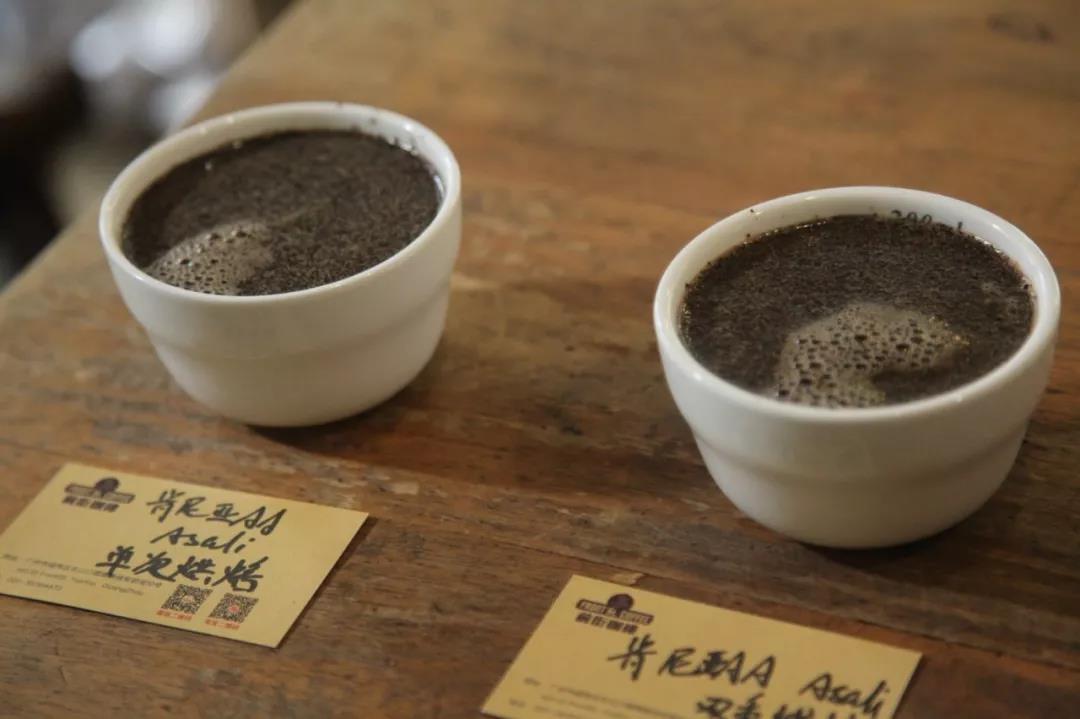
Verify the flavor by cup test and brewing.
The double-baked [Azaria] beans are full of sweet berry aromas, which are softer and cleaner on the palate, turning into mild berry acid compared to once-baked citric acid, with little difference in sweetness. In terms of flavor, the once-baked blackcurrant flavor is partially preserved, the berry flavor becomes refreshing, with a hint of flowers in the finish.
In addition, we also tried [Carragoto], which is also from AA of Kenya. After double roasting, the coffee beans look good, but the flavor is insipid and dry. It is judged that the moisture was removed too much during the first roasting (Carlo's moisture content is slightly lower than that of Azaria), or it is possible that this bean is not suitable for double baking. It seems that even beans with very similar properties are not all suitable to use the same roasting method to cook ~ this is also the most attractive part of roasted coffee!
As for whether we like the taste of one-time baking or double baking, it depends on personal preference. After all, whether the coffee tastes good or not is subjective, and there is no absolute right or wrong in the way of baking. The editor firmly believes that existence is reasonable, only what is appropriate, but not the best.
Important Notice :
前街咖啡 FrontStreet Coffee has moved to new addredd:
FrontStreet Coffee Address: 315,Donghua East Road,GuangZhou
Tel:020 38364473
- Prev

What are the common misunderstandings of hand-made coffee? The brewing skills of hand-made coffee
Some time ago, the editor encountered a question from a barista, saying, "Why is the coffee I make is always underextracted?" No flavor? Then I sent a small video to watch the process. As a result, I almost fainted and used a V60 filter cup. Without stewing, I injected water directly to the end, watching the water crash to the end. How can this extraction bring out the flavor and taste? When asked, a large chain coffee
- Next
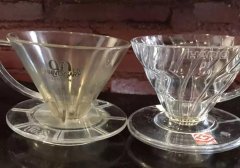
V60 and KONO filter cups both belong to tapered filter cups. What's the difference between them?
Usually we make some coffee with obvious flavor, such as Yega Xuefei and Kenya, we mostly choose to use V60 filter cup, but some people will get used to using KONO filter cup, these two kinds of filter cups are conical filter cups, so what's the difference between these two kinds of filter cups? It is mentioned that the flow rate of several commonly seen coffee filter cups is a very interesting result.
Related
- What is the meaning of lactic acid fermentation with coffee bean treatment?
- How to judge the state of foam by sound?
- How does the latte pull out the unicorn pattern? Come to get for a little trick to improve the flower pull!
- Will flower pulling affect the taste of the latte?
- Do you know the history of coffee?
- The difference between honey treatment and sun washing what is raisin honey treatment?
- What kind of milk can a novice use to make coffee foam to keep the foam longer? The correct method and skills of milking tutorial sharing
- Why do washed coffee beans taste sour? Flavor characteristics of washed Coffee
- Introduction to the skill of how to practice the size and height of water injection around the circle of hand-brewed coffee
- How do beginners practice coffee flower drawing from scratch?

